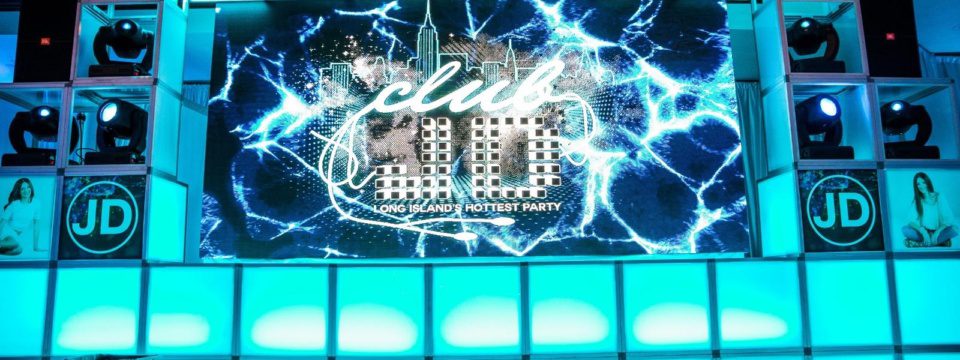Efficient Strategies for Addressing Heat Issues in LED Display Screens
Wiki Article
Light Emitting Diode wall screens are progressively common for various applications, such as promotion, events, and digital displays. However, excess heat is a significant issue that can impact their performance and longevity. When LED screens overheat, they may dim, color shift, or even malfunction entirely. Grasping the reasons and applying efficient strategies to manage heat can help preserve the optimal operation of LED wall screens. This piece will explore several approaches to address excess heat challenges related with these units.
One effective strategy for stopping excess heat in LED panel screens is ensuring proper airflow. It is crucial to place these panels in environments where atmosphere circulation is sufficient. This can be achieved by positioning the screens in a properly aired space or utilizing fans to enhance ventilation around the devices. Additionally, if the screens are installed in a confined area, establishing gaps or implementing vents can help dissipate heat more effectively. Keeping a cooler surrounding temperature is crucial, as it directly affects the function and durability of LED panel panels.
Another way to address excess heat is through the application of thermal management substances. These substances can help take in, disperse, or deflect heat away from the LED elements. Thermal sinks are commonly used in many electronic devices, led video wall zoning capabilities such as LED screens. These metallic elements draw heat away from the light-emitting diodes, permitting them to operate at a safer temperature. Additionally, heat-conducting compound or films can be utilized to improve heat transfer between the LED elements and the heat sinks, further boosting their chilling efficiency.

Routine maintenance and monitoring of LED panel panels also play a vital role in preventing overheating. Dirt and debris can build up on the surfaces of these screens, blocking ventilation and holding heat. Regular cleaning, using appropriate tools, will keep the screens free from blockages. Furthermore, tracking the heat level of the screens can help detect overheating issues before they turn into critical. Using heat monitors can provide important data, enabling users to take corrective steps if the screens start to exceed safe functioning heat levels.
The implementation of cutting-edge techniques can also help tackle excess heat challenges in LED panel panels. Many modern LED panels come equipped with built-in thermal management systems. These systems can instinctively modify the luminosity of the screen based on the heat level, lowering heat production when needed. Additionally, software solutions can monitor the performance of the panels and provide alerts if excess heat is identified. Using these technologies can considerably enhance the durability and dependability of LED panel screens.
In summary, managing overheating in LED wall panels is essential for guaranteeing their functionality and durability. Implementing methods such as ensuring proper ventilation, utilizing heat control substances, conducting regular maintenance, and utilizing advanced technology can help reduce excess heat challenges. By taking these proactive steps, users can enjoy the full advantages of LED panel screens while reducing the risk of heat-related issues. This approach not only improves the performance of the screens but also contributes to a more sustainable and effective application of devices in various applications.